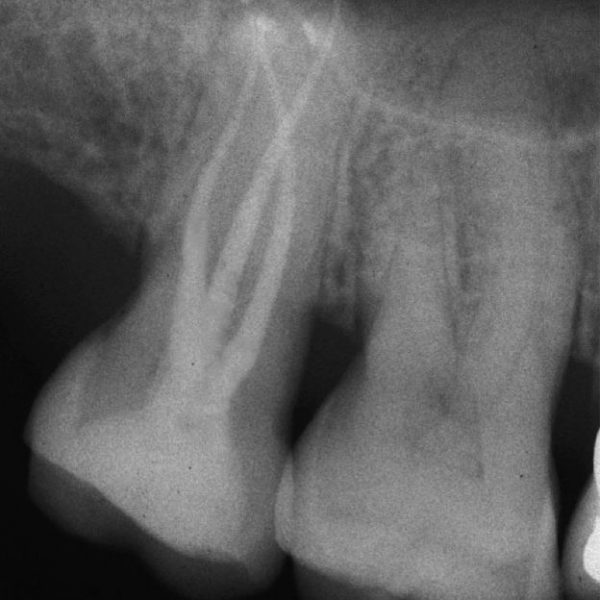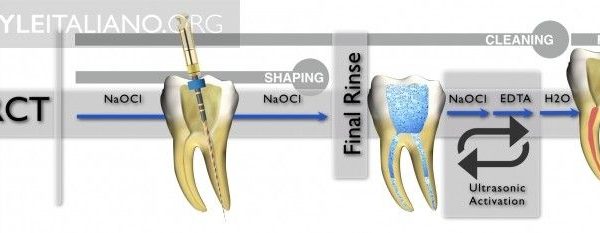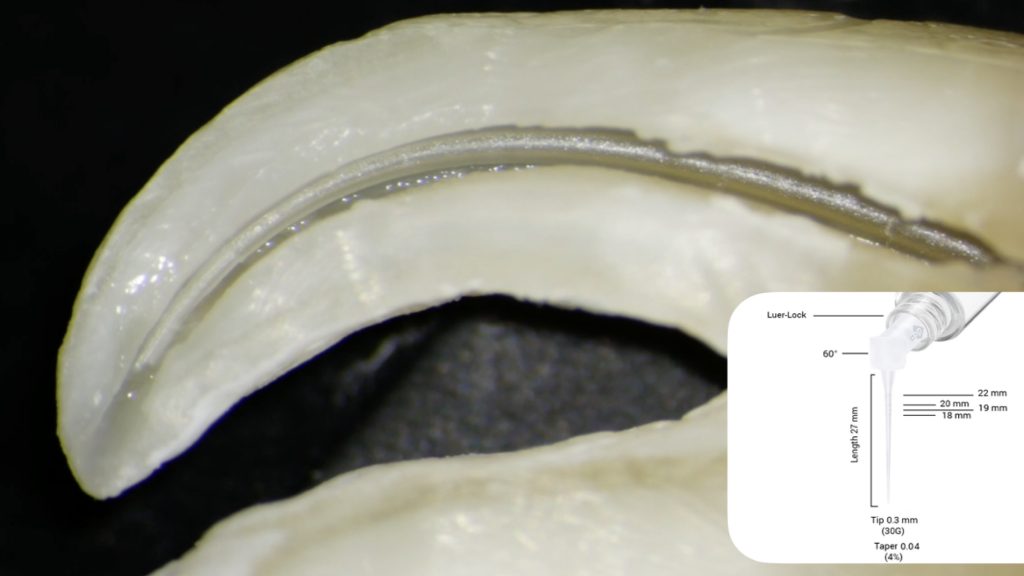
The Glide Cleaning
28/04/2020
Riccardo Tonini
Warning: Undefined variable $post in /var/www/vhosts/styleitaliano-endodontics.org/endodontics.styleitaliano.org/wp-content/plugins/oxygen/component-framework/components/classes/code-block.class.php(133) : eval()'d code on line 2
Warning: Attempt to read property "ID" on null in /var/www/vhosts/styleitaliano-endodontics.org/endodontics.styleitaliano.org/wp-content/plugins/oxygen/component-framework/components/classes/code-block.class.php(133) : eval()'d code on line 2
Negotiation, glide path, and preflaring are essential steps in root canal shaping. They always must be associated to a good debris removal in order to avoid accidental canal blockage or apical extrusion of debris. For this reason, a deep irrigation should be achieved since the first steps of a root canal treatment.
Adequate cleaning, shaping, and debridement of the root canals are necessary in order to eliminate bacteria, remove necrotic tissues and smear layer generated by mechanical preparation. The crown down technique is considered the best sequence to achieve all the objectives of the root canal treatment: its most important steps are represented by the mechanical glide path and preflaring. Unfortunately, many debris and smear layer are produced immediately and it’s almost impossible, with metal needles, even if small in diameter, to reach the same canal penetration of NiTi rotary files. Recently, a real game changer has been introduced, Irriflex, a 30 g needle made of polypropylene with a back-to-back 2-side vent design. Thanks to its flexibility, the Glide Cleaning, with an efficient debris removal during the first steps of the endodontics treatment, became easy.
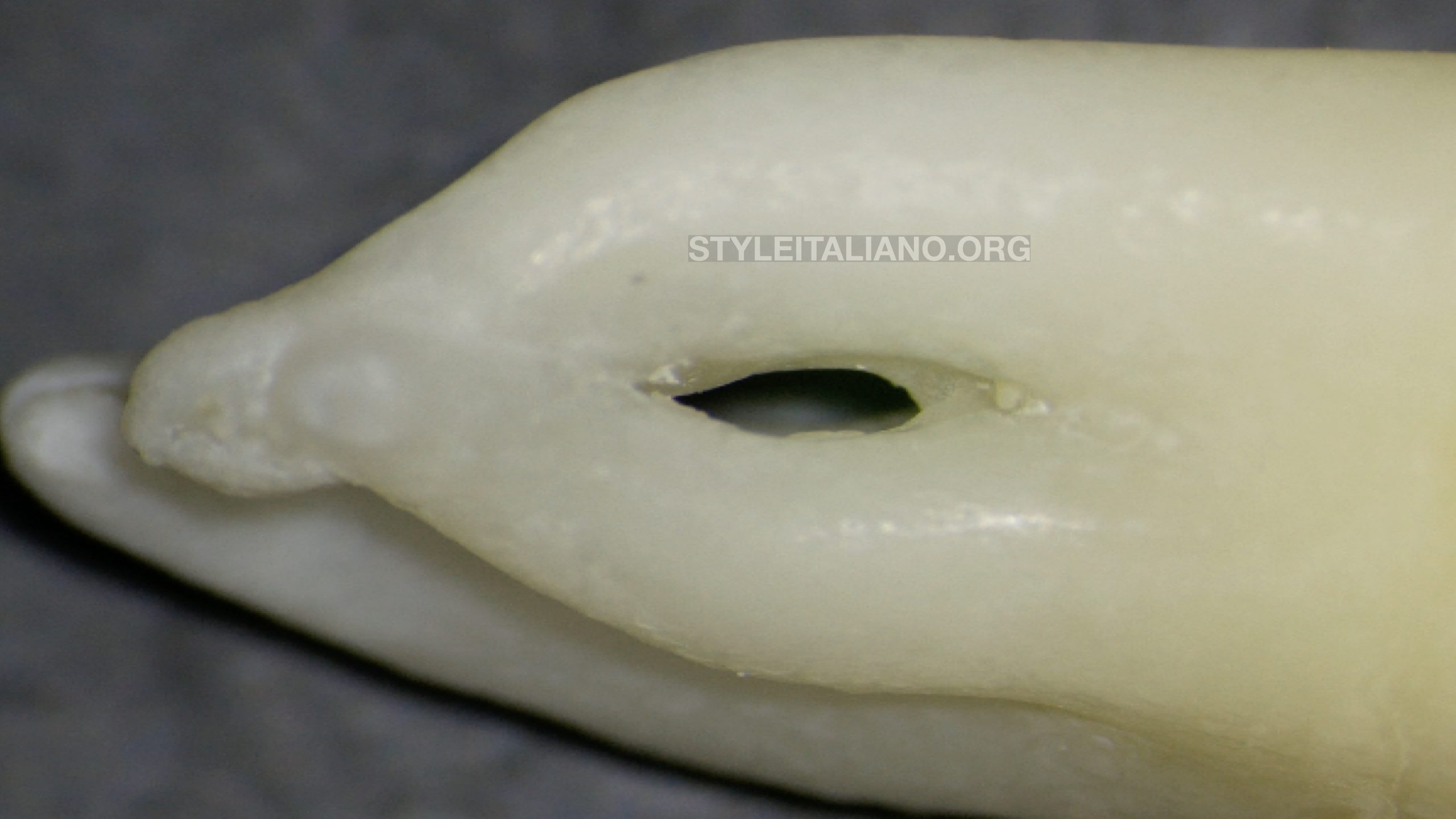
Fig. 1
Upper first molar, with a complex mesial root. Mb1 and Mb2 join before the deep apical curvature
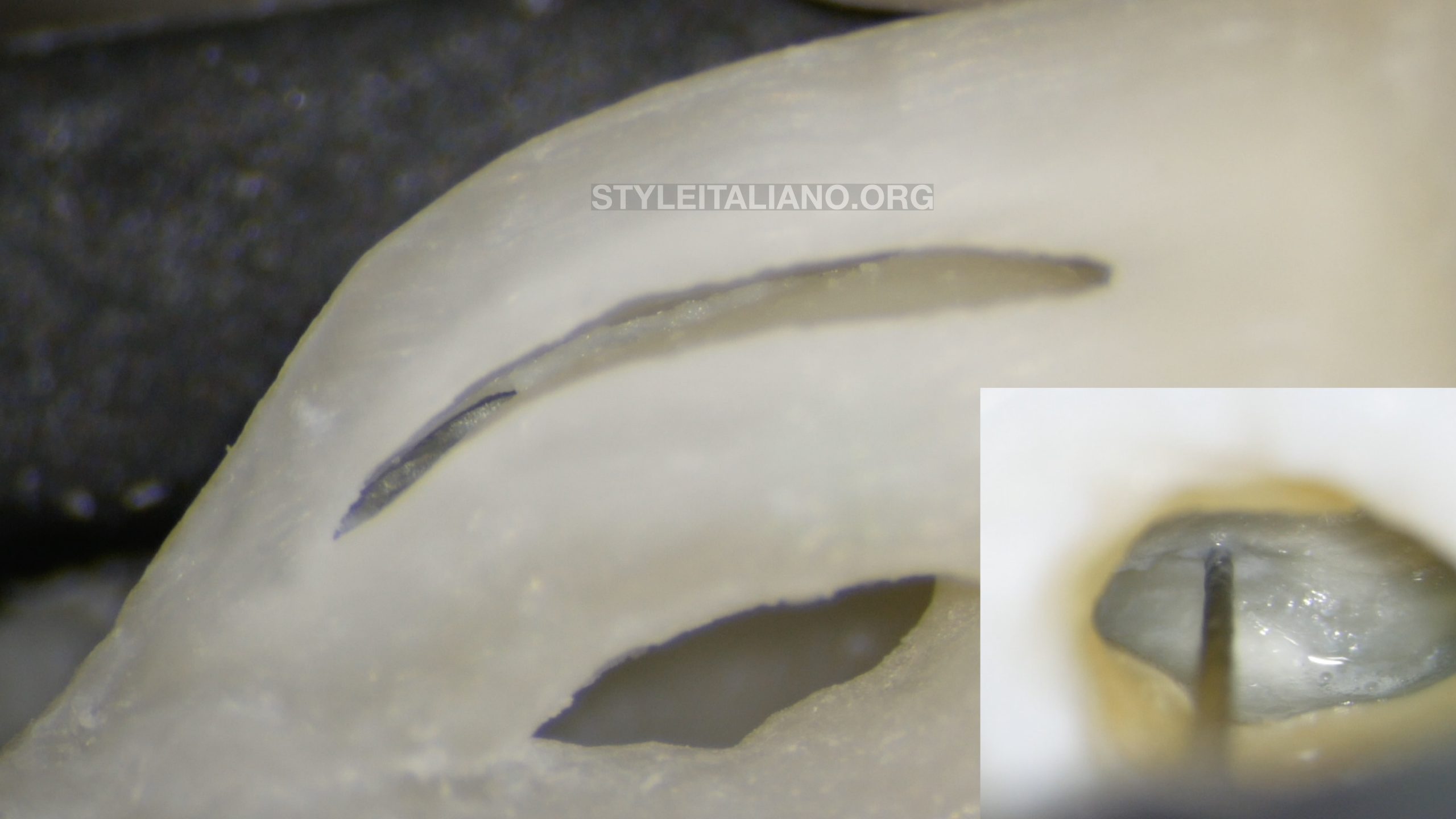
Fig. 2
Mechanical glide path with a 13/03 file and pre flaring with a 20/04. Many debris are produced around the orifice and inside the canal
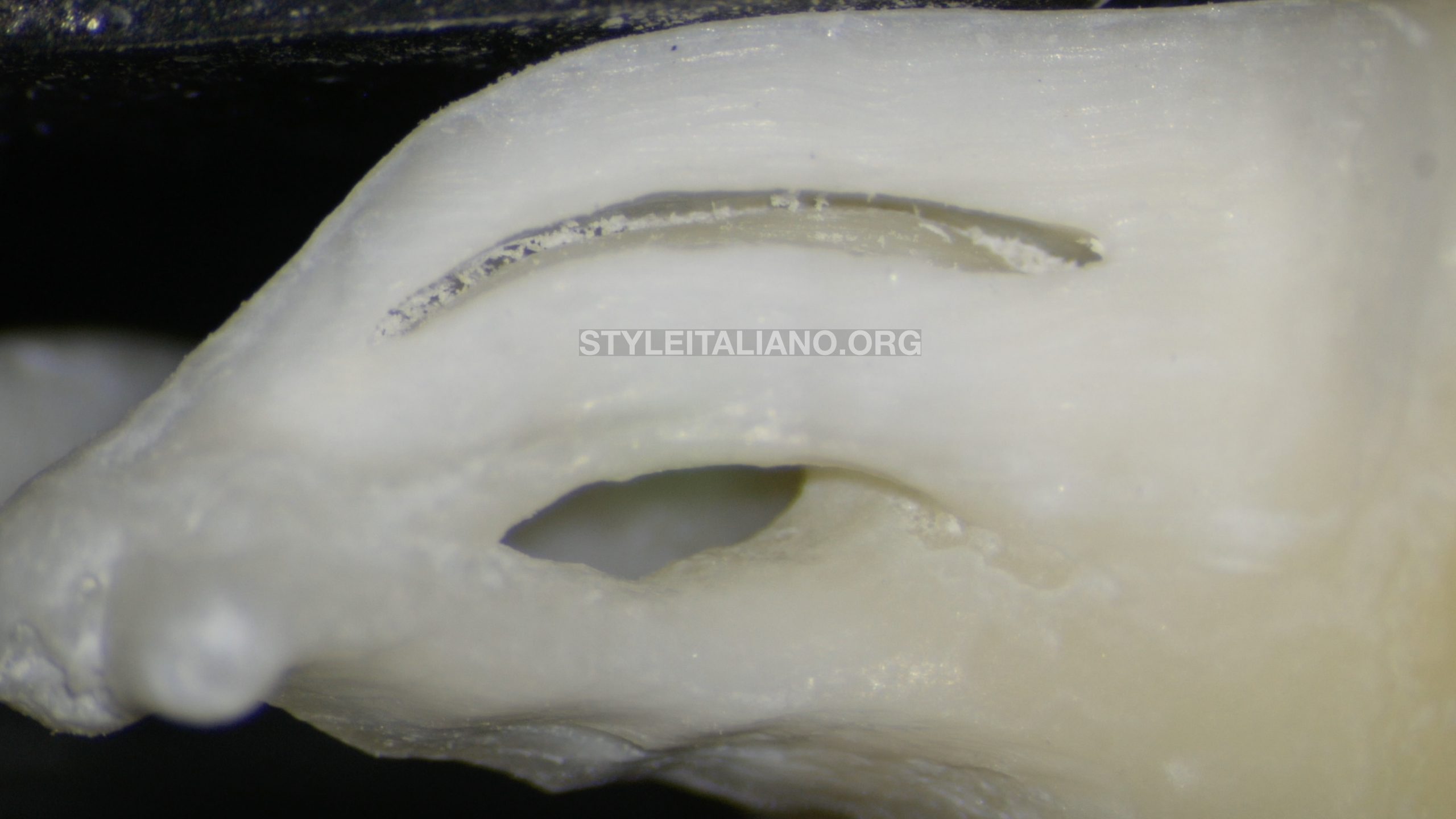
Fig. 3
Debris left after the first approach with mechanical instruments
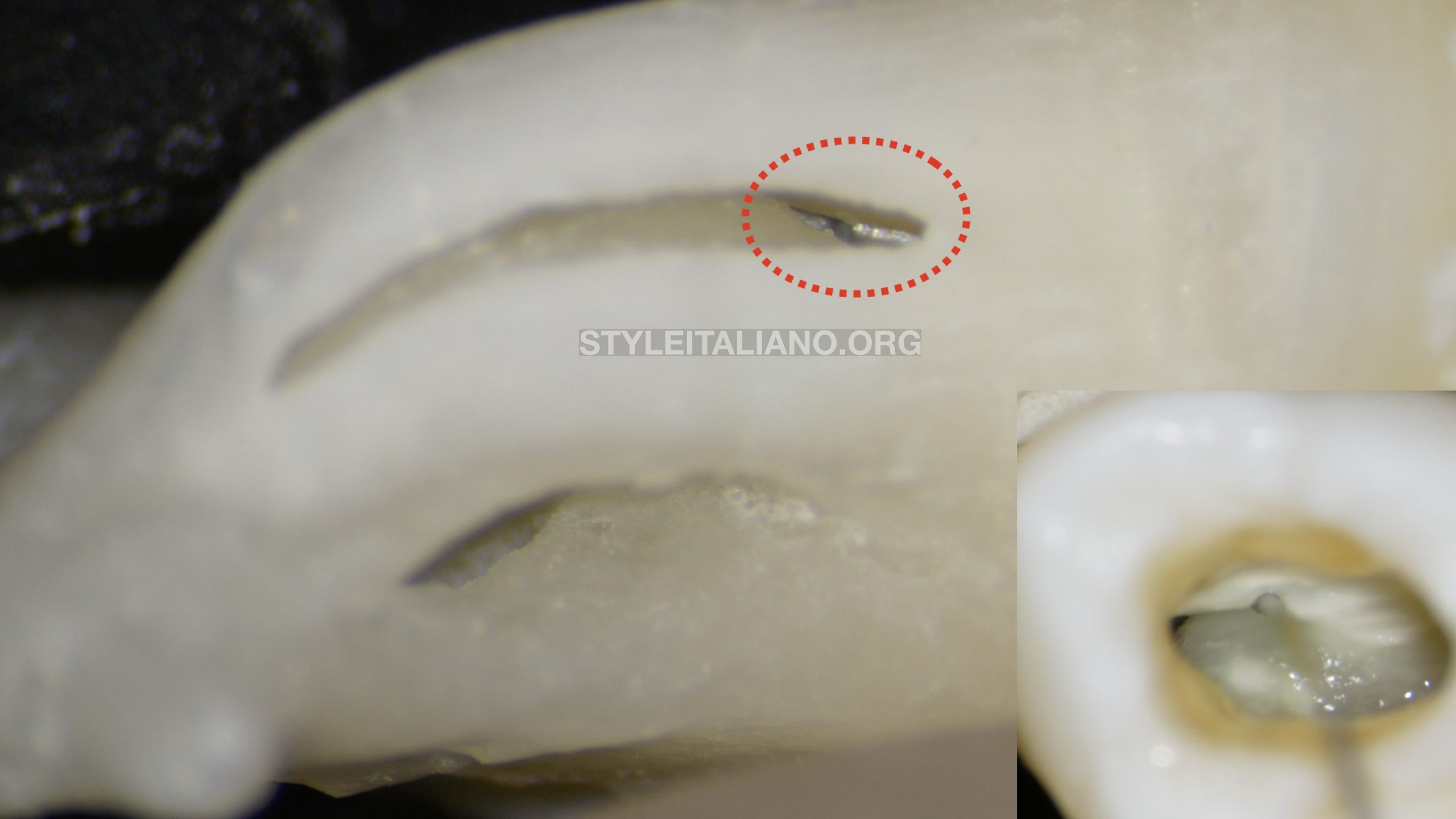
Fig. 4
Limited penetration of a 30g needle. The needle is blocked at the beginning of the curvature, not for the diameter of the canal preparation, but due its composition in stainless steel.
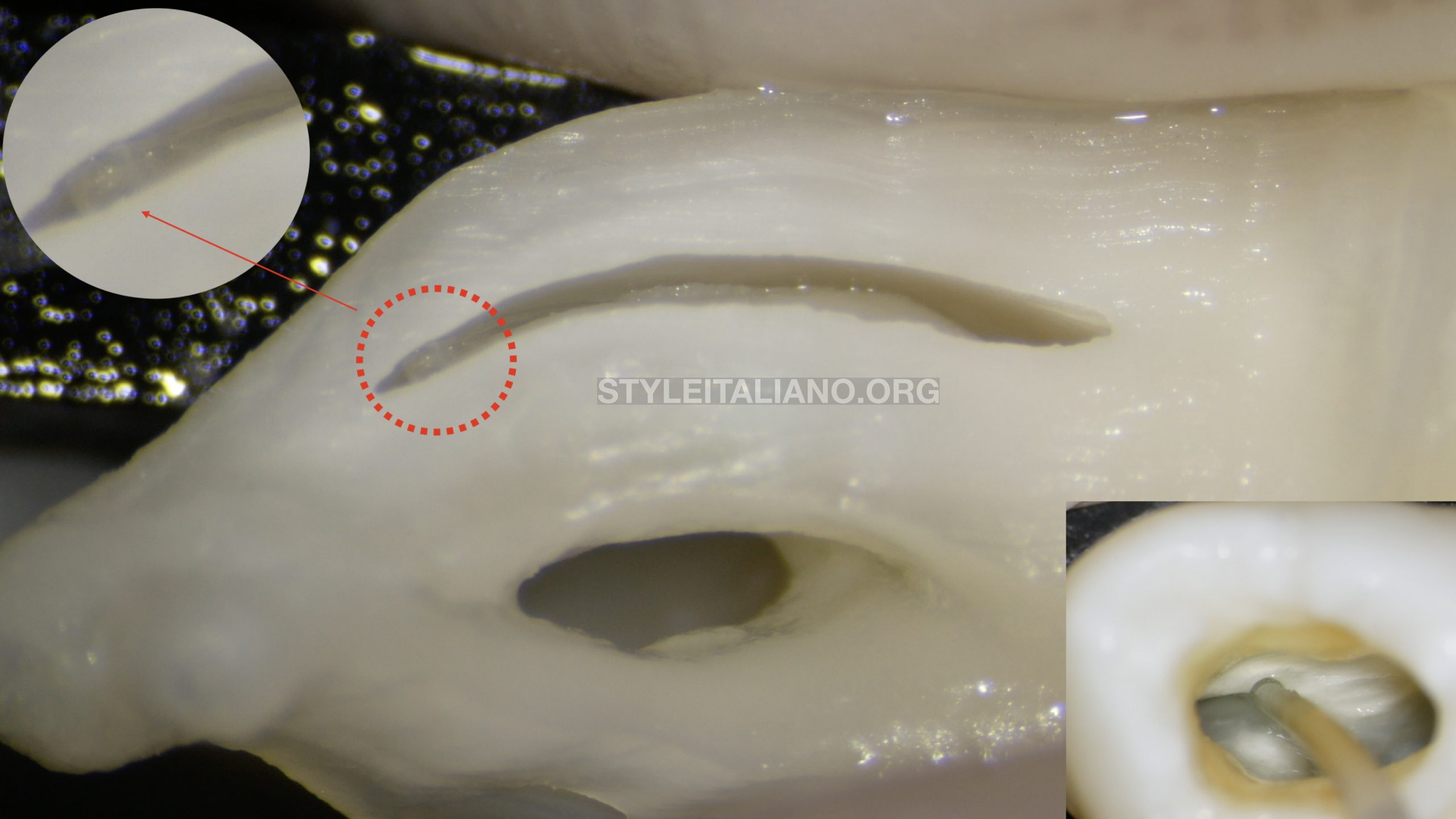
Fig. 5
Irriflex can penetrate immediately at the same level of mechanical preparation. Its flexibility ensures a smooth penetration inside the canal.
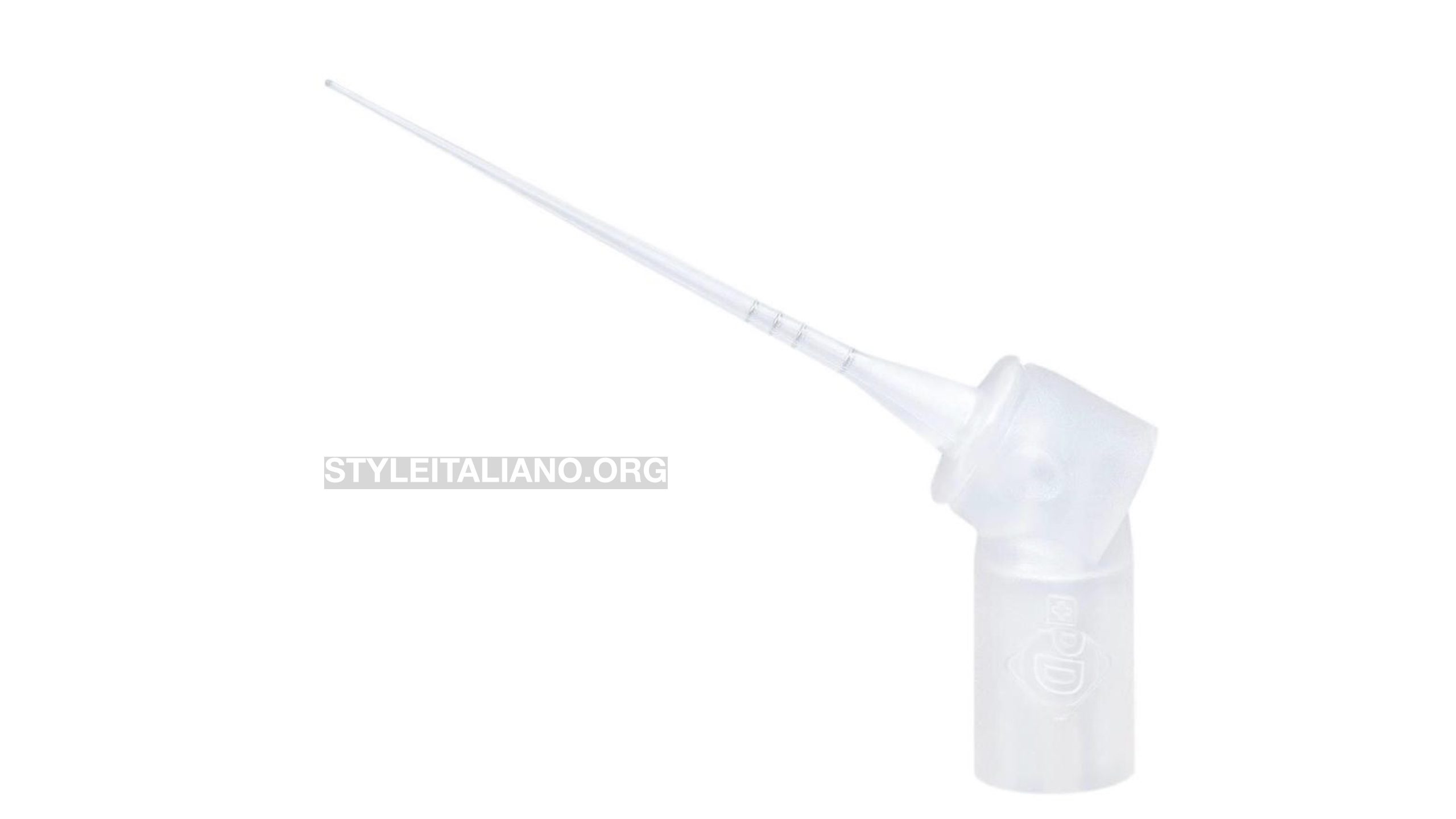
Fig. 6
Irriflex
30G, 4 % taper, 27 mm long,
Soft polypropylene body
Back-to-back 2-side vent design
Needle fully transparent to improve user comfort and liquid delivery precision
Slightly pre-bendable to meet specific irrigation requirements
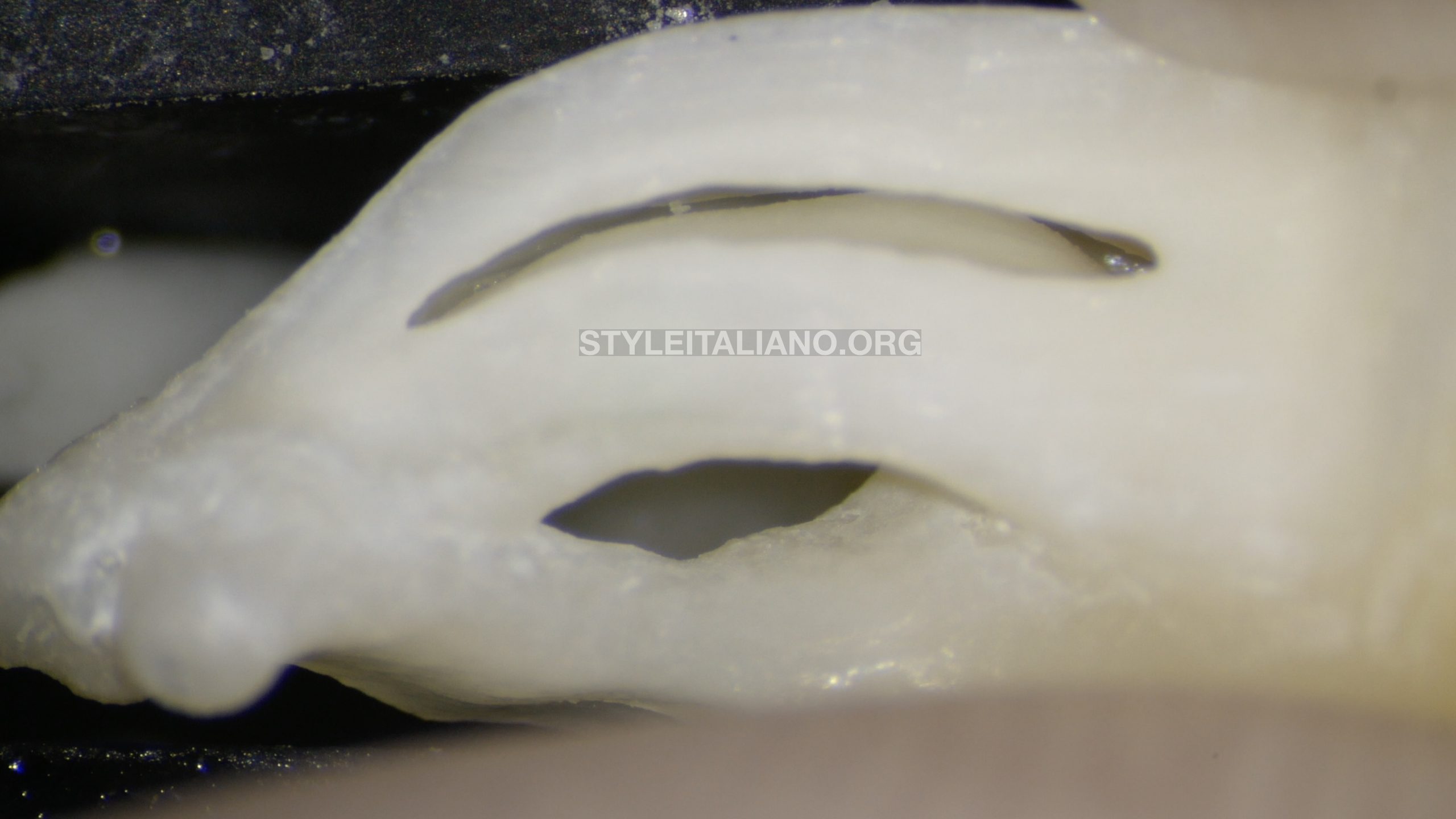
Fig. 7
A complete cleaned Mb1 and Mb2 and Isthmus after the Glide Cleaning performed with Irriflex
Conclusions
In endodontics, Glide Path means a smooth radicular tunnel from the canal orifice to the apical constriction. This terminology was referred more to manual and rotary files, but today, thanks to Irriflex, we can include also Irrigation needles. Irriflex can really ensure a Glide Cleaning during all the procedures of a conventional root canal treatment.
Bibliography
- Gianluca Plotino, Venkateshbabu Nagendrababu, Frederic Bukiet, Nicola M. Grande, Sajesh K. Veettil, Gustavo De-Deus, Hany Mohamed Aly AhmedPublication stage: Influence of Negotiation, Glide Path, and Preflaring Procedures on Root Canal Shaping—Terminology, Basic Concepts, and a Systematic Review Journal of Endodontics Published online: April 22, 2020
- Rebecca Chan, Marco A. Versiani, Shimon Friedman, Gevik Malkhassian, Manoel D. Sousa-Neto, Graziela B. Leoni, Yara T.C. Silva-Sousa, Bettina BasraniJournal of Endodontics, Efficacy of 3 Supplementary Irrigation Protocols in the Removal of Hard Tissue Debris from the Mesial Root Canal System of Mandibular Molars Vol. 45, Issue 7, p923–929
- Isbelia Gazzaneo, Gaya C.S. Vieira, Alejandro R. Pérez, Flávio R.F. Alves, Lucio S. Gonçalves, Ibrahimu Mdala, José F. Siqueira Jr., Isabela N. Rôças Root Canal Disinfection by Single- and Multiple-instrument Systems: Effects of Sodium Hypochlorite Volume, Concentration, and Retention TimeJournal of Endodontics, Vol. 45, Issue 6, p736–741


